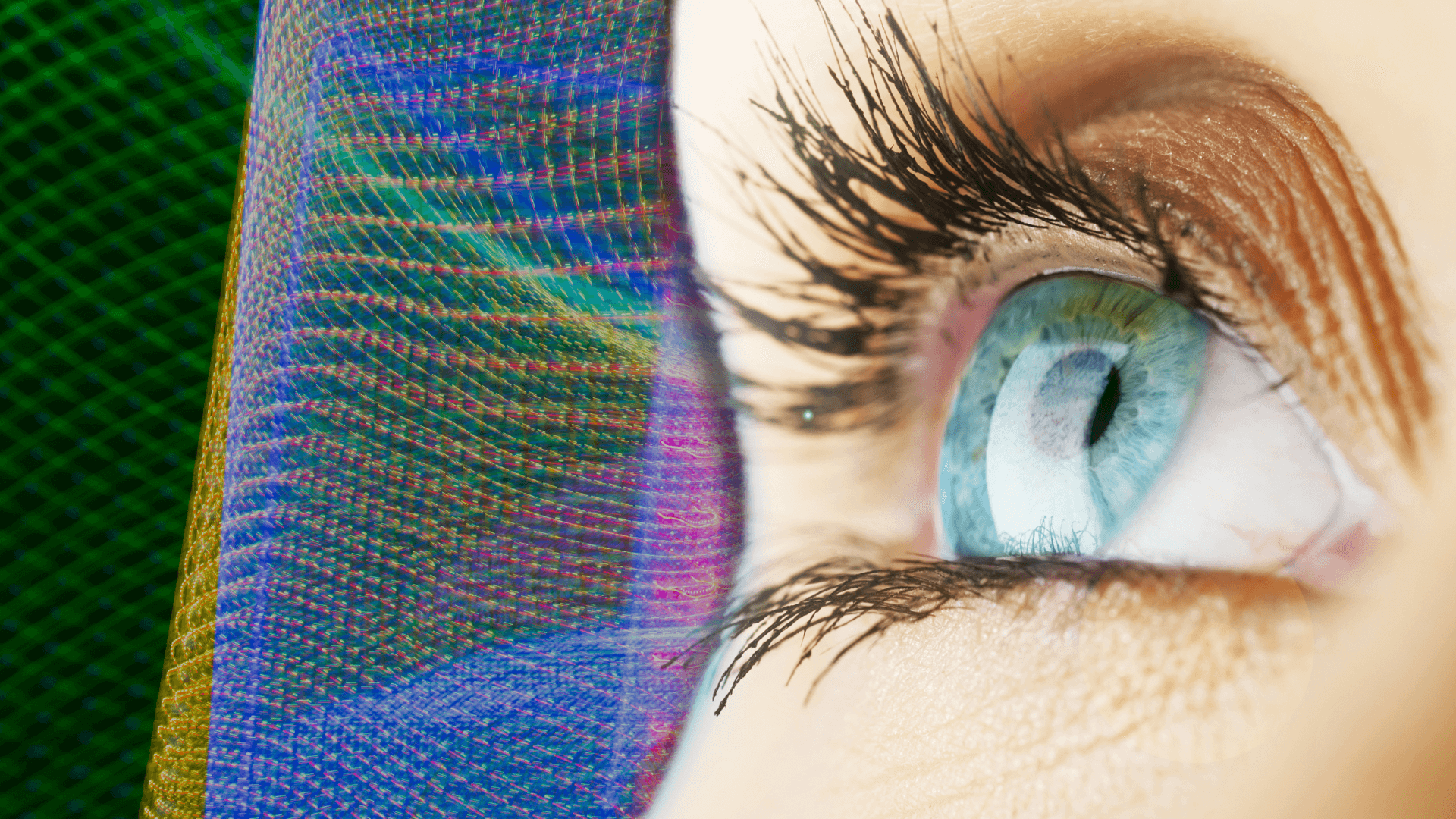Living with Charles Bonnet Syndrome
Charles Bonnet Syndrome (CBS) is a condition that can greatly affect people with serious vision loss. Named after the Swiss philosopher Charles Bonnet, who first described it in the 1700s, CBS causes vivid visual hallucinations. These hallucinations can be simple patterns or detailed images of people, animals, or landscapes, often causing confusion and anxiety, especially when they first appear.
Understanding CBS is important for both those who have it and their caregivers. Knowing that these hallucinations are a normal response to vision loss, and not a sign of a mental health problem, can be very reassuring. This article explains the causes, symptoms, and challenges of Charles Bonnet Syndrome and offers practical advice for managing and coping with this condition.
What is Charles Bonnet Syndrome?
Charles Bonnet Syndrome (pronounced “bo-NAY”) is a condition where people with low vision see things that aren’t there, called visual hallucinations.
Normally, the retina in the eye turns light into visual signals for the brain. When the retina can’t do this well, vision gets worse, making Charles Bonnet Syndrome more likely.
The hallucinations can be simple, like bright-colored patterns over everything you see (unformed hallucinations). They can also be more detailed, showing animals, buildings, or people that don’t exist (formed hallucinations).
What Causes Charles Bonnet Syndrome?
In normal vision, light enters the eye and hits the retina, the light-sensitive tissue at the back of the eye. The retina turns these light rays into visual messages that the brain uses to help us see.
When vision is lost due to conditions like age-related macular degeneration, glaucoma, or diabetic retinopathy, the visual system can’t process new images. Without new visual data, the brain creates images or recalls stored ones, leading to the visual hallucinations seen in Charles Bonnet Syndrome. This is similar to the phantom limb pain felt by people who have lost a limb and does not indicate a mental health problem.
Risk Factors for Charles Bonnet Syndrome
Several factors can make developing Charles Bonnet Syndrome more likely, including:
- Age: The syndrome is more common in older adults, especially those over 70.
- Visual Impairment: Major vision loss from conditions like age-related macular degeneration, glaucoma, cataracts, or diabetic retinopathy.
- Isolation: People who are socially isolated or spend a lot of time alone are at higher risk.
- Brain Changes: Changes in brain structure or function, often related to aging or neurological conditions, can lead to visual hallucinations.
- Genetics: There may be a genetic tendency, though it is not well understood.
- Prolonged Sensory Deprivation: Long periods without visual input can make the brain create its own images.
What Are the Symptoms of Charles Bonnet Syndrome?

The main symptom of Charles Bonnet Syndrome is seeing things that aren’t there, known as visual hallucinations. These hallucinations can look like repeating patterns such as bricks or nets, imaginary animals like dragons or unicorns, natural scenes like waterfalls or mountains, faces and figures of people, animals, or insects, and people dressed in old-fashioned clothing.
The hallucinations can vary in many ways. They may move or stay still, be in color or black and white, appear true to size or smaller than normal, and be pleasant or frightening. They can seem familiar or completely unknown, and might stay the same or change each time they occur. These visions usually happen without any sounds and can last from a few seconds to several hours. Most people with Charles Bonnet Syndrome know that the hallucinations are not real but cannot control them.
Charles Bonnet Syndrome Treatment
There is no cure for Charles Bonnet Syndrome. Understanding that hallucinations are a normal response to vision loss and not a sign of a mental health problem can be reassuring.
No specific medications are designed for this syndrome, but some drugs used for epilepsy, Parkinson’s disease, and dementia might help reduce hallucinations in some people. However, these medications can have serious side effects.
If you experience hallucinations, try these self-help measures:
- Adjust Lighting: Change the lighting around you. If you are in a dark place, make it brighter. If it’s too bright, dim the lights to see if the hallucinations go away.
- Eye Movement Exercise: Look quickly to the left and right 15 times without moving your head. Pause and repeat a few more times.
- Engage with the Hallucination: Look directly at the hallucination or try to touch it while blinking quickly for a few seconds.
- Change Activities: Distract yourself by moving around or starting a new task.
- Ensure Adequate Rest: Hallucinations can get worse when you are tired or stressed, so make sure to get enough rest.
These strategies can help manage the symptoms and improve your quality of life.
Charles Bonnet Syndrome Complications
Charles Bonnet Syndrome does not cause direct health problems, but it can create challenges in daily life:
- Difficulty with Daily Tasks: Hallucinations can make everyday activities harder, especially if they block your vision. How much this affects you depends on your vision loss and how complex the hallucinations are.
- Initial Fear and Anxiety: When hallucinations first happen, you might not know they are not real, which can cause fear and anxiety. This confusion can be unsettling until you get used to the condition.
- Worry About Health: You might worry that the hallucinations mean you have a serious problem, like a mental health issue, until you learn they are part of Charles Bonnet Syndrome.
Understanding and managing these challenges can help reduce the impact of Charles Bonnet Syndrome on your daily life.
What Can I Expect If I Have Charles Bonnet Syndrome?
There is no cure for Charles Bonnet Syndrome, but it may get better over time. The hallucinations can take one to two years to lessen or go away.
During this time, you might find it hard to do some daily tasks or move around in unfamiliar places because of the hallucinations. It’s important to tell your healthcare provider about what you’re experiencing to get the right support and advice.
Life with Charles Bonnet Syndrome
Charles Bonnet Syndrome, while not widely known, has a profound impact on those who experience it. The vivid hallucinations resulting from vision loss can be both confusing and distressing, but understanding that they are a normal response to visual impairment and not a mental health issue is crucial. While there is no cure, recognizing the symptoms and employing practical strategies can help manage the condition and improve quality of life.
Support from healthcare providers, family, and friends plays a vital role in coping with CBS. By sharing information and fostering awareness, we can ensure that individuals with Charles Bonnet Syndrome receive the understanding and assistance they need. As research continues, there is hope for better treatments and solutions in the future. For now, knowledge and support remain the best tools for navigating life with Charles Bonnet Syndrome.
Charles Bonnet syndrome (CBS) occurs when people with declining vision experience visual hallucinations. These hallucinations are a result of vision loss and are not linked to dementia or mental health conditions.
Scientists believe CBS occurs because reduced vision limits the visual input your brain receives. In response, the brain compensates by using memories or creating new images, leading to hallucinations. The exact mechanism remains unclear.
CBS is more common than many realize. Studies suggest that around one in two people with significant vision loss may experience hallucinations, yet the condition remains largely underrecognized.
